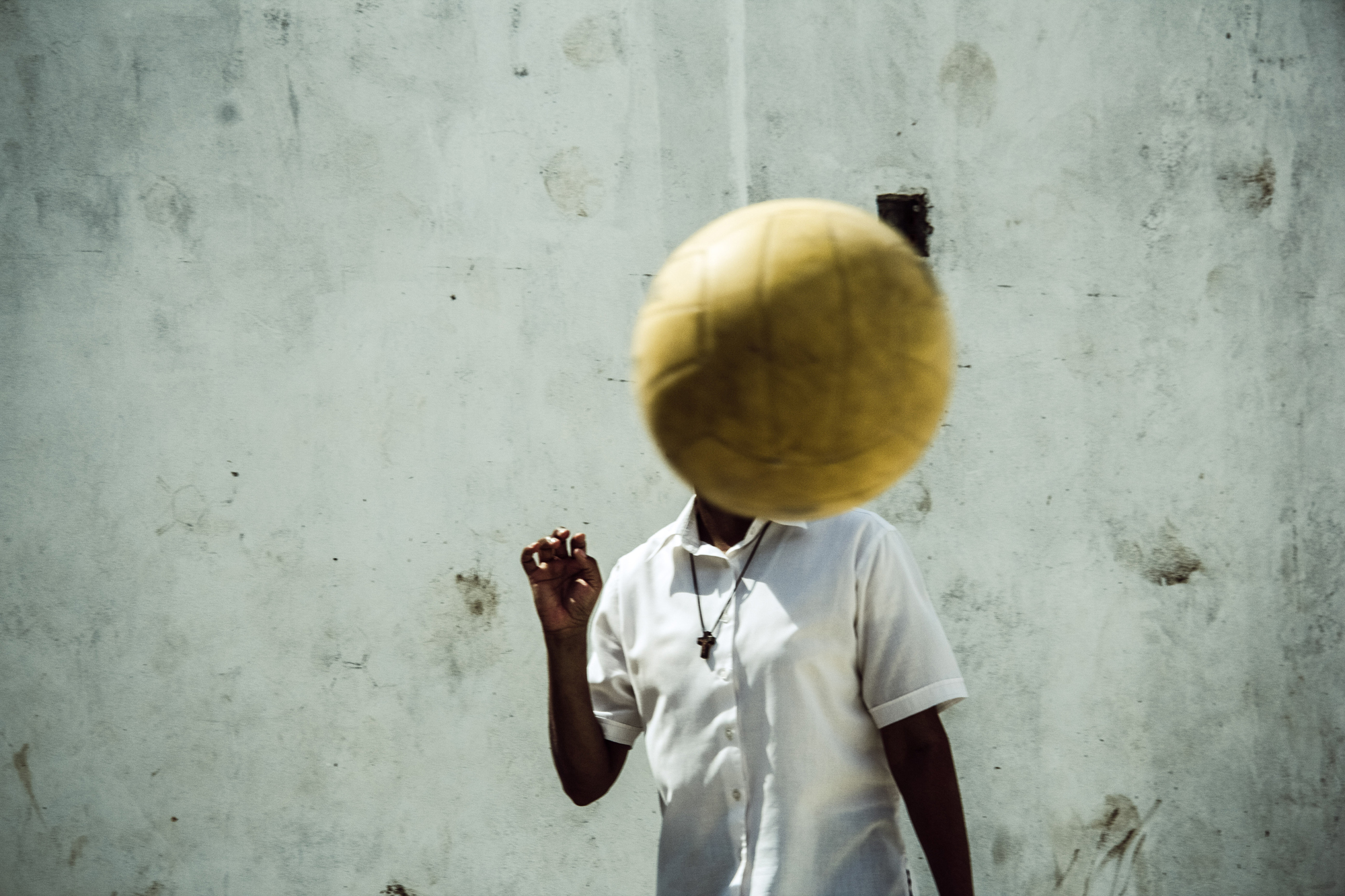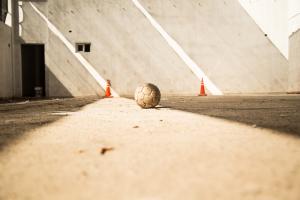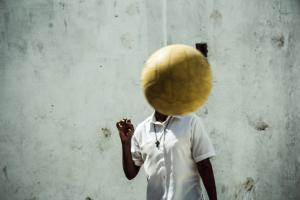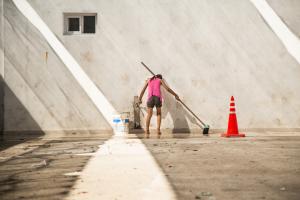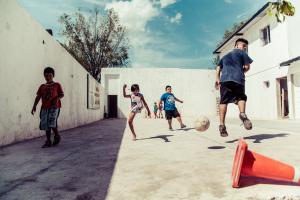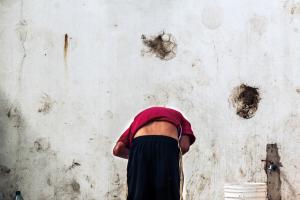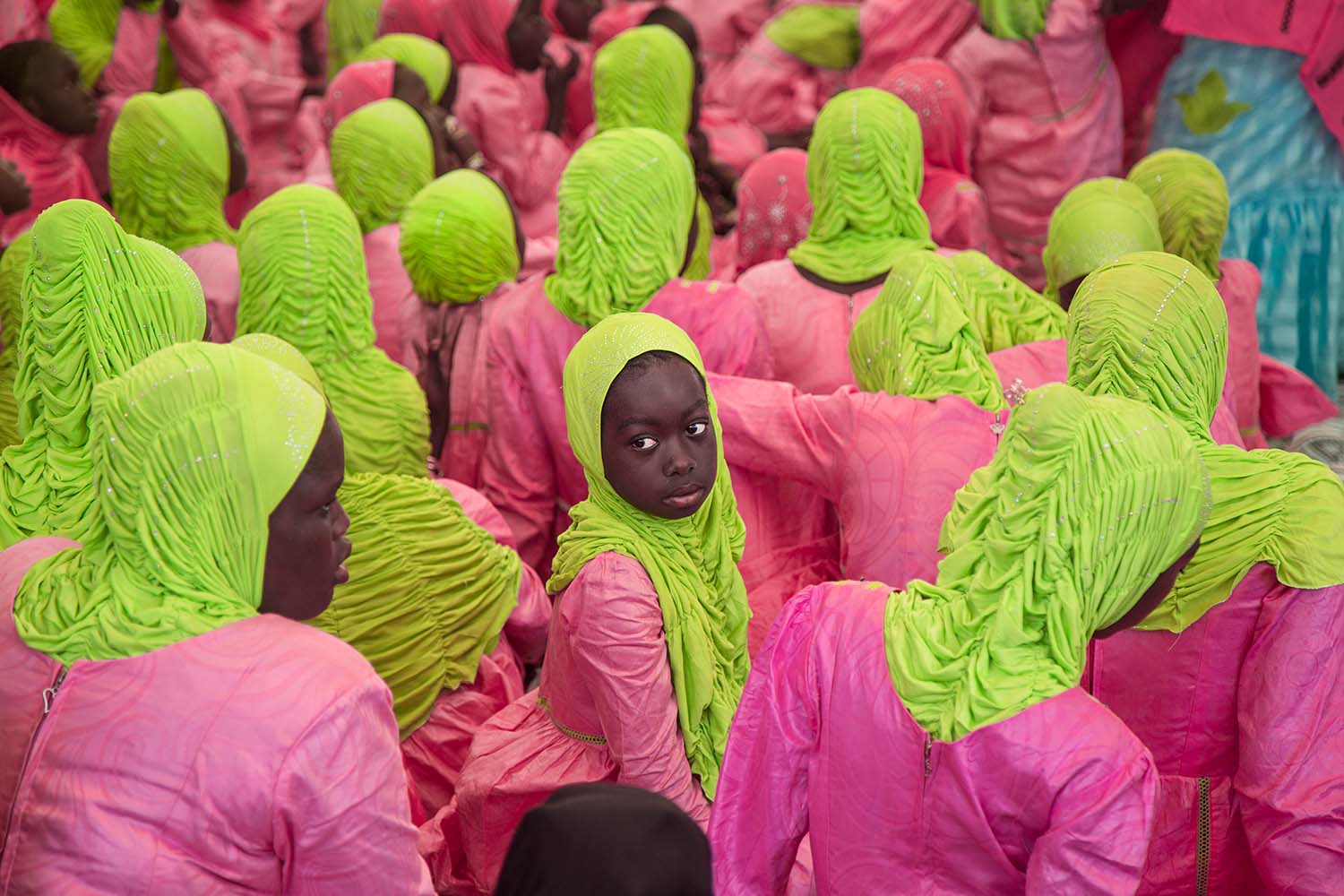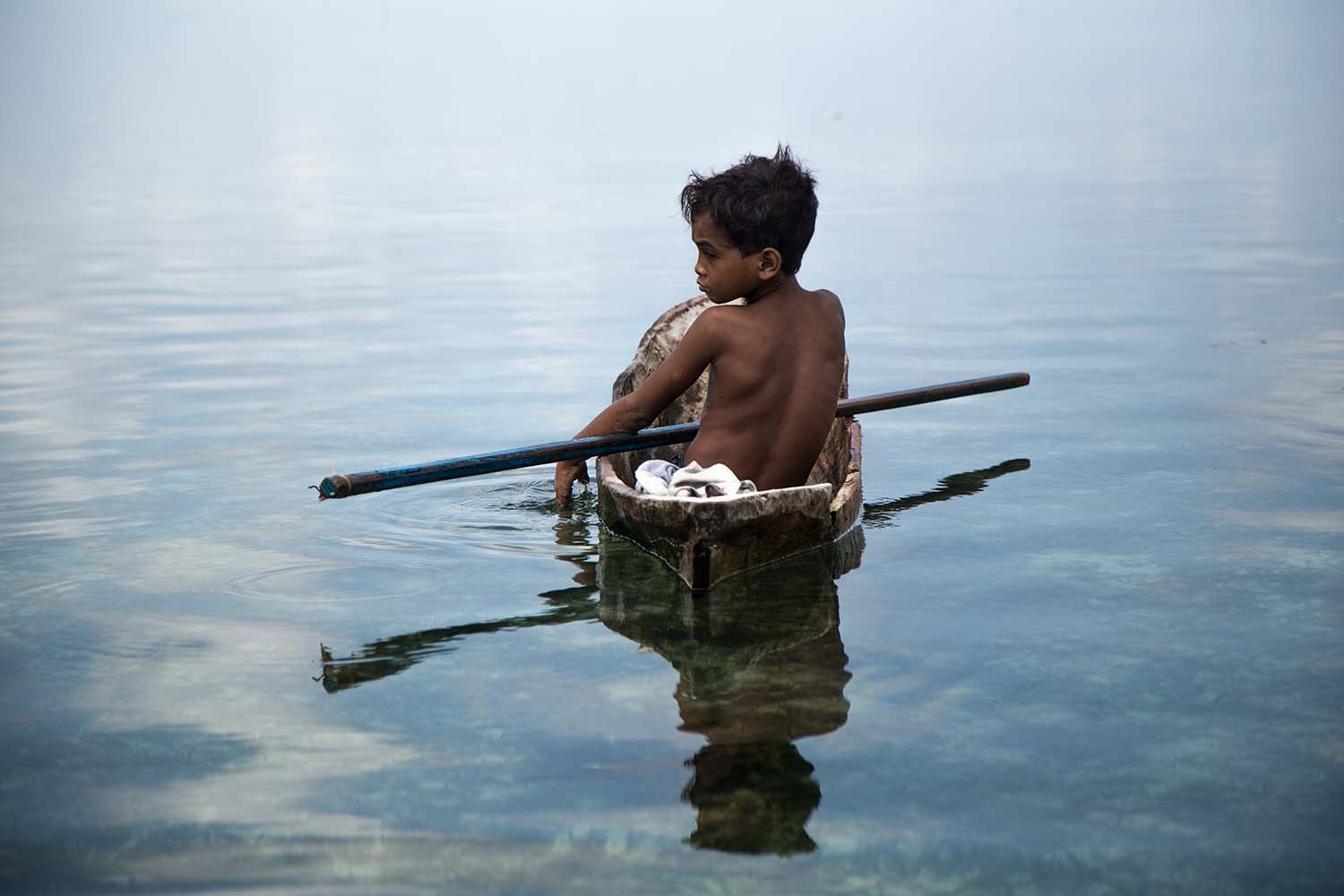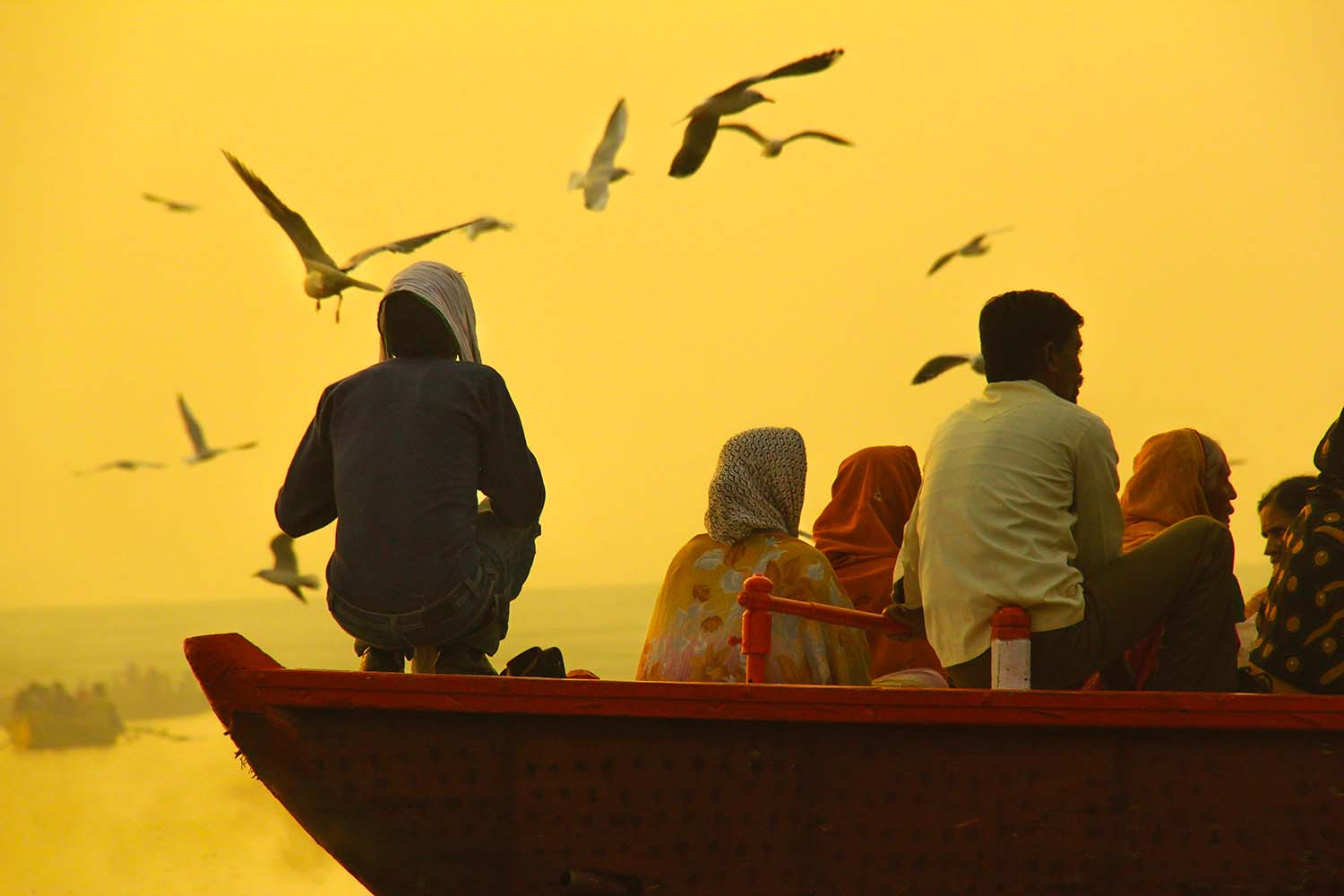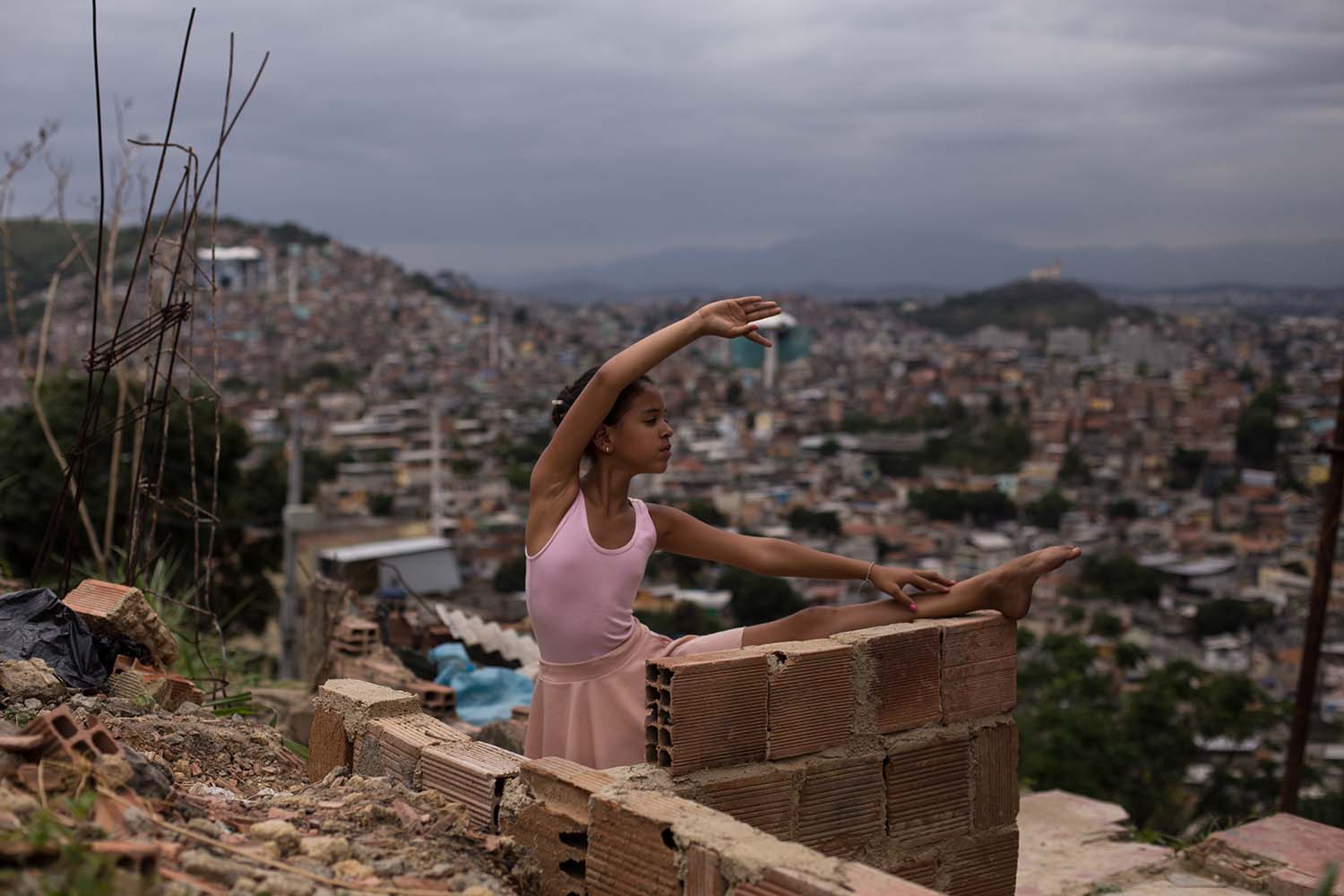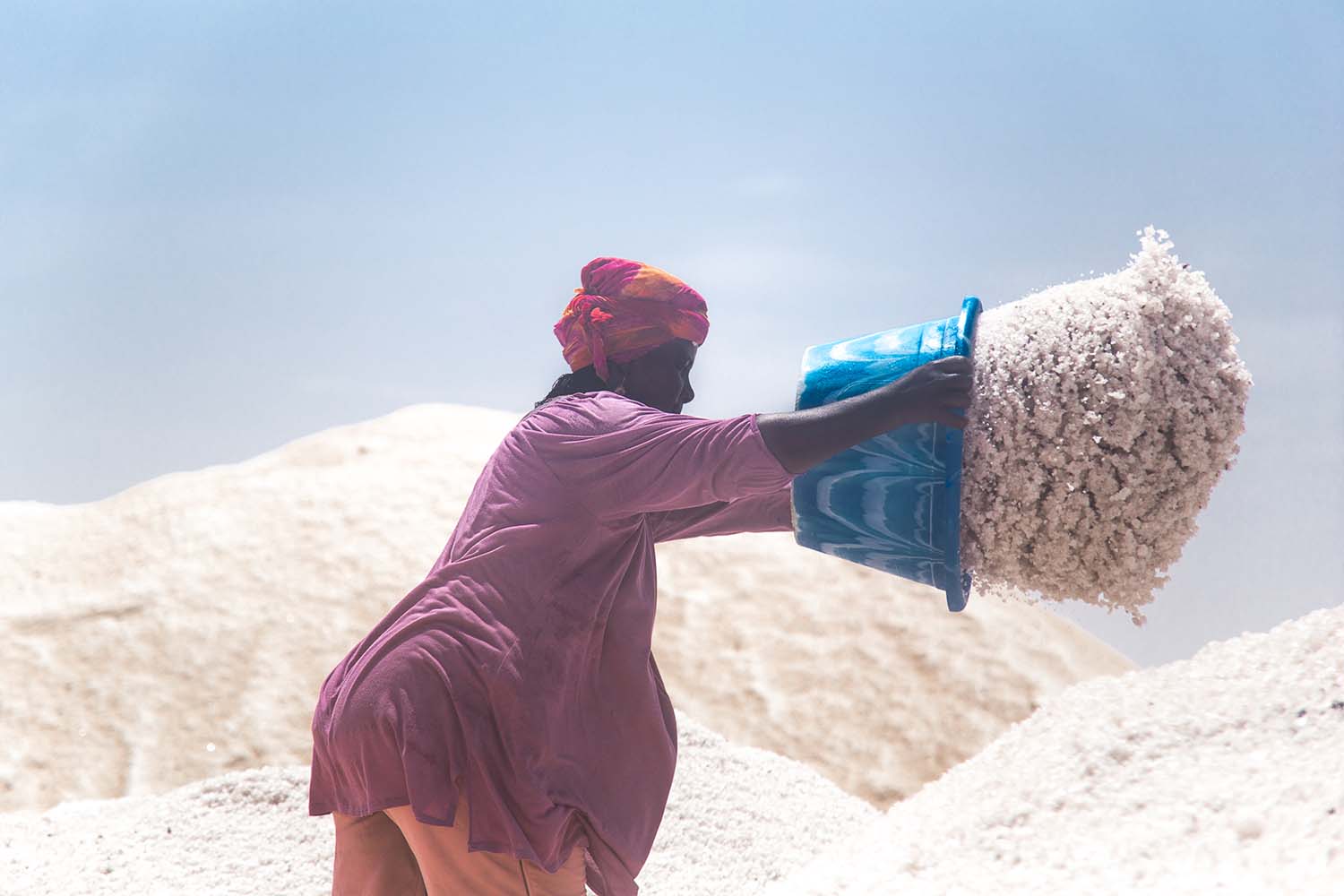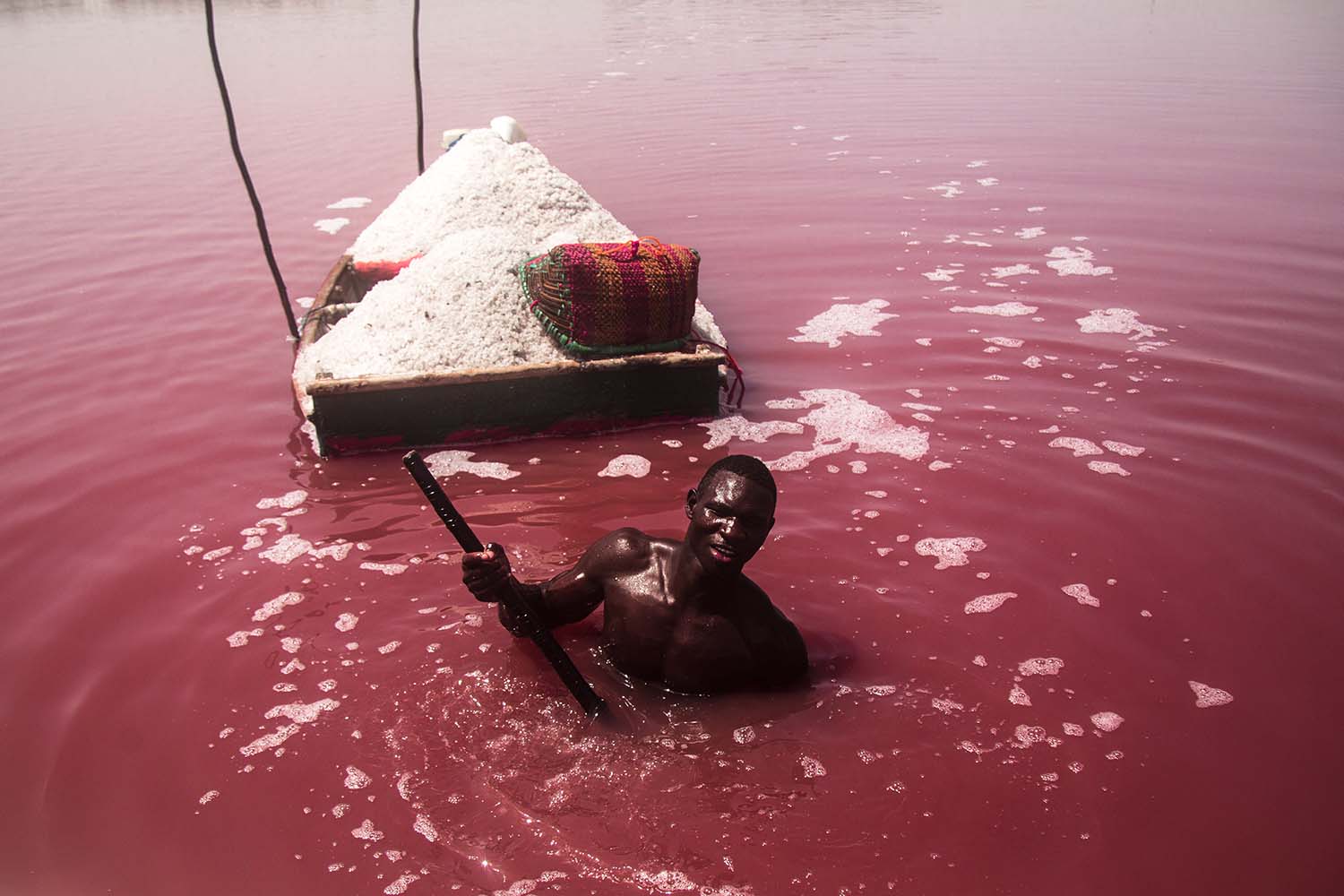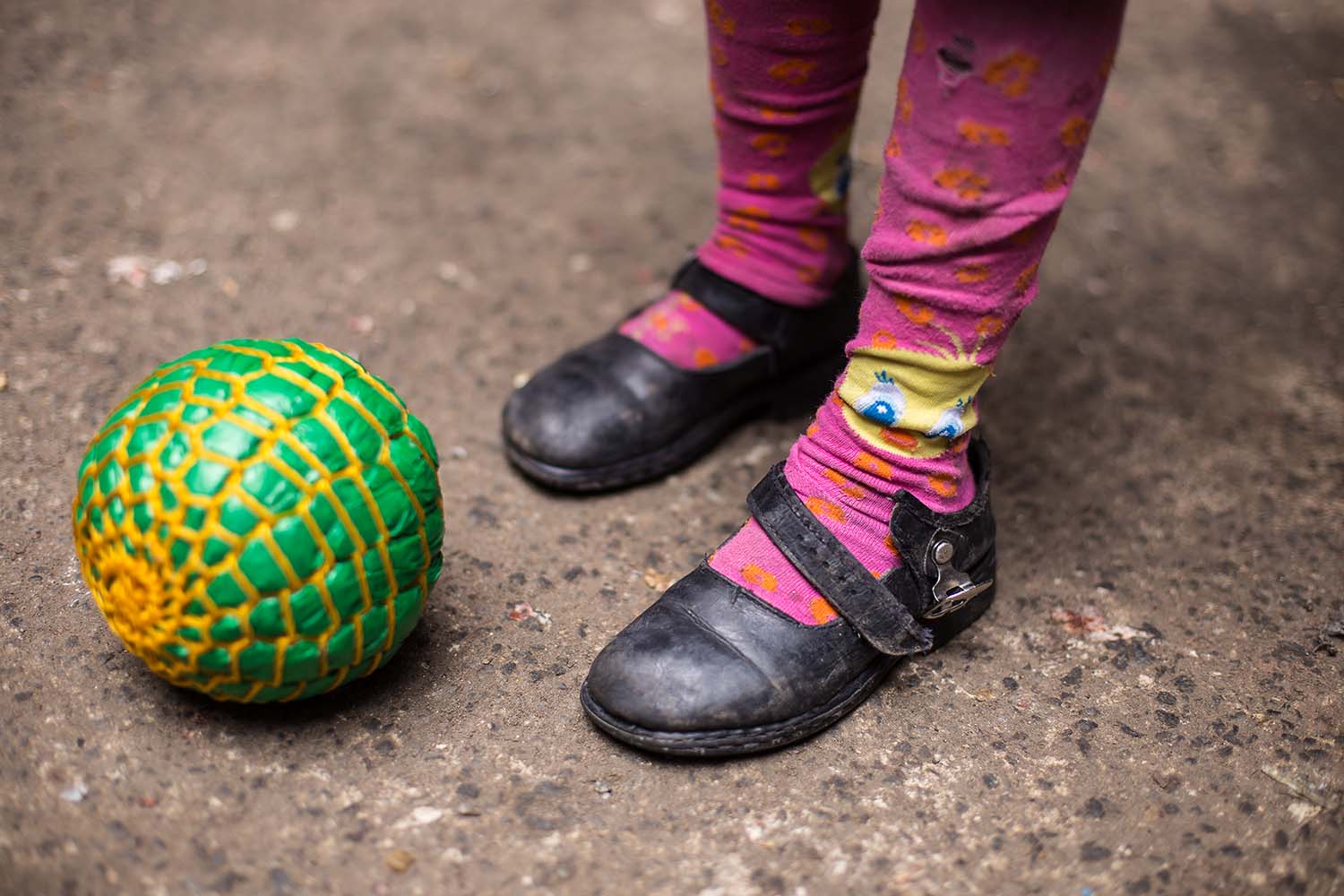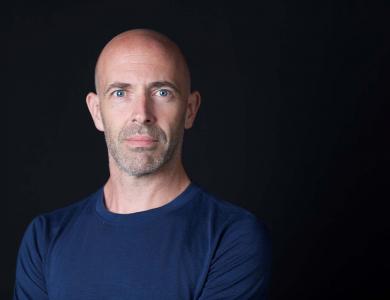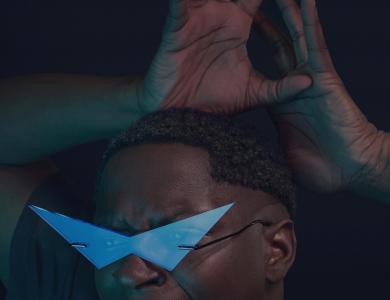Did you go back to the area where you took the images in Argentina?
Yes, of course. I went back to the neighborhood and we continue working with the children there.
How did you decide to become a photographer?
It was not a decision from one day to the next, it was the sum of experiences and interests: I studied architecture, I have a degree in psychology, and I have always had social, cultural and artistic interests. Photography has given me the possibility to unify all these interests, to travel, know, discover, nurture me and return through my lens something concrete to the communities with which I work.
How do you use photography as a tool for social change?
I believe that photography has a great power of denunciation, it allows one to open the eyes and to sensitize, but it also allows you to promote a change of view. We do not look at things as they are, we look at them as we are. I connect with real stories, and I look for photography to narrate, show, expose, but also to open doors and connections to positive changes, connecting needs with opportunities. Supporting pre-existing projects, or creating my own projects, and also working with vulnerable communities focusing on the positive impact.
Last year I gave a TEDx talk entitled "Photography as a Social Weapon" in which I answer this question using some of my works as an example. The world is going through a very delicate moment in which I believe that we all need to act and connect more positively with the environment and with each other.
Which places are the most interesting for you to take photos?
The most interesting places are those in which there is a story that moves me, in which I feel I can contribute with my point of view adding positively, that this not only nurtures my work but also generates a feedback to the community.
You have recently been in the Valley View Academy Mathare, Kenya, as part of the Fútbol Más documentary project. How was that experience?
The experience was wonderful, I visited them in the preview of the World Cup, registering social projects that participated in the FIFA Foundation Festival in Moscow. It is a project that I have recently begun to support, and that has mobilized and inspired me a lot. The story concerns a huge dump that has been turned into a soccer field and a community space in one of the largest slums in Nairobi, by a member of the community called Austin, promoting enormous changes and providing opportunities for countless children and young boys. He is currently working as a member of Fútbol Más Kenya team, and they are doing an excellent job together.
I seek through this work to show a very inspiring case but also promote support for the project to continue to function and grow.
You have also been to Salt flat in Lake Retba, Senegal. What project are you shooting there?
There I developed a project about the situation of women in the Lac Rose, in one of the largest salt flats in Africa. The work focuses on labor exploitation and the enormous strength of these women who must carry hundreds of kilos of salt under a blazing sun. When their working days end they must continue to carry buckets of water to take to their homes and look after their children.
What are you working on at the moment?
I am currently editing a documentary made in Kenya about Austin Grounds. I continue to support a wonderful social project around ballet in a favela in Rio de Janeiro called Na Ponta dos Pés, with which we are raising funds to finish building a safe and proper community space, to help keep girls away from the frequent shootings that occur in the neighborhood.
Recently, I gave a talk and set up an environmental installation in Lima, Peru, at one of the most important events of Climate Change in Latin America, called Nexos + 1, and I also am starting a work against mining in the south of Argentina.
sebastiangilmiranda.com
instagram.com/sebagilmiranda

